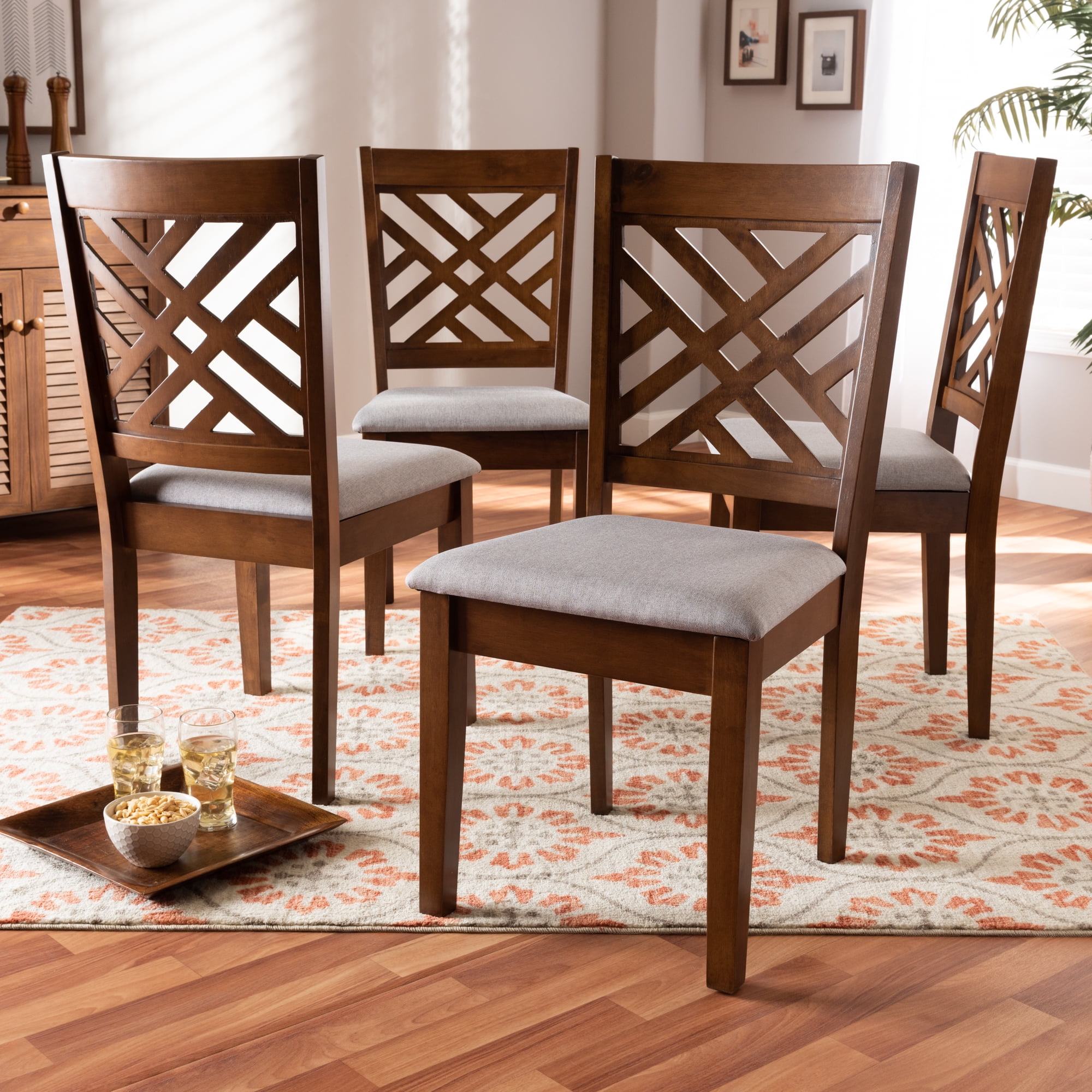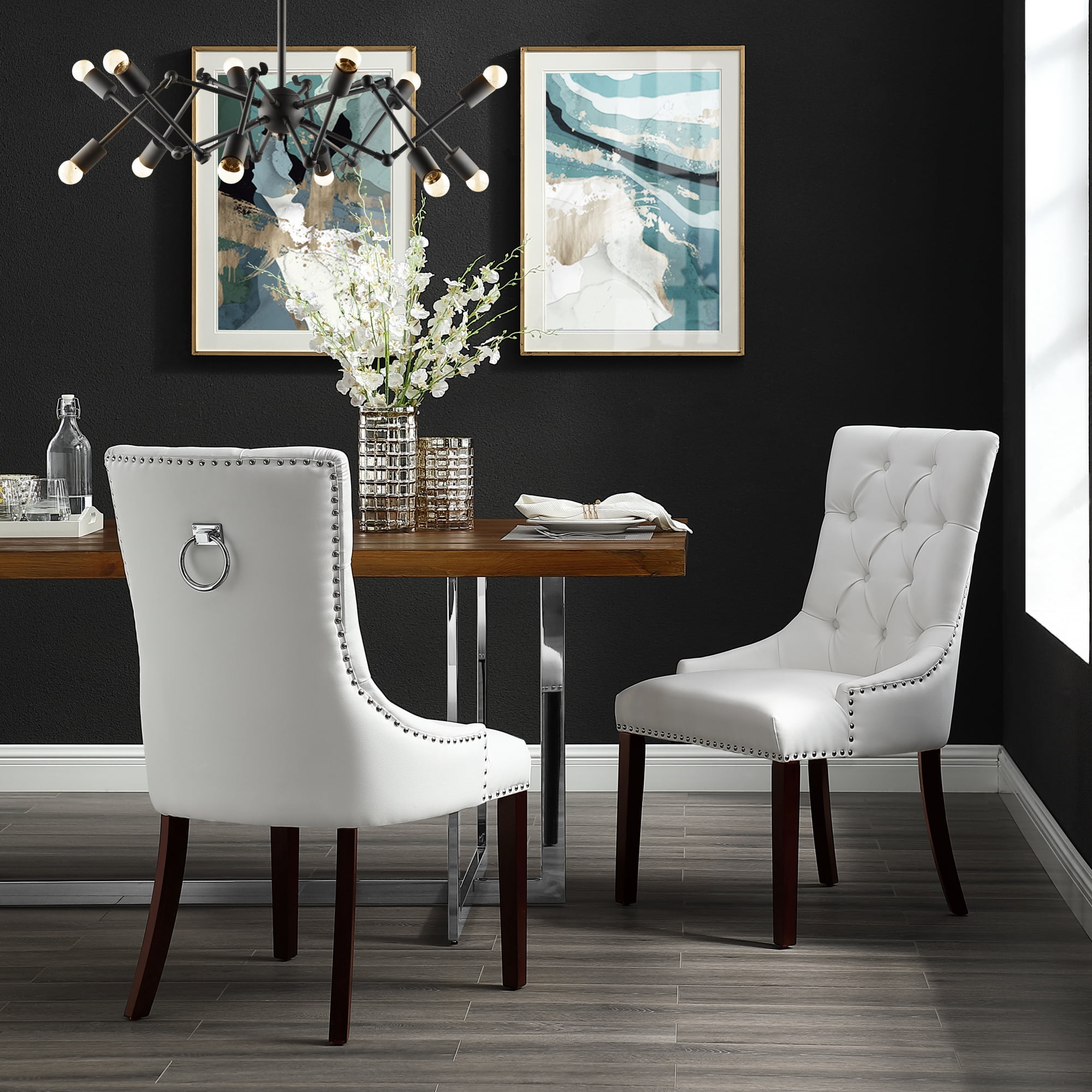Integrating Host Chairs into Dining Room Design

The host chairs, often overlooked, are the unsung heroes of a dining room’s narrative. They whisper tales of elegance, comfort, and personality, subtly shaping the overall atmosphere and reflecting the homeowner’s unique style. A thoughtful choice elevates the entire space, transforming it from merely functional to truly inviting and memorable.
Host chair dining room – The impact of host chairs extends far beyond simple seating. Their color, texture, and material significantly influence the dining room’s ambiance. A bold, jewel-toned velvet chair can inject drama and richness, while a pair of sleek, modern leather chairs can lend a sophisticated, minimalist touch. The interplay between the host chairs and the other elements within the room creates a visual symphony, a carefully orchestrated composition of style and comfort.
Host Chair Selection and Table Complementarity
Selecting host chairs that harmonize with the existing dining table and other furniture is paramount. The chairs should complement, not compete, with the overall aesthetic. Consider the table’s material – a rustic wooden table might pair beautifully with upholstered chairs in a warm, earthy tone, whereas a sleek glass table could be complemented by minimalist metal chairs.
Successful color palettes often involve analogous colors (colors next to each other on the color wheel), creating a harmonious and restful atmosphere. For instance, a dining table with warm brown tones might pair well with chairs in shades of beige, taupe, or olive green. Alternatively, a complementary color scheme (colors opposite each other on the color wheel) can introduce a vibrant contrast. A navy blue table could be stunning with chairs in a sunny yellow or a cheerful orange. Material combinations also play a crucial role. The textural contrast between a smooth, polished table and chairs with a woven fabric can add visual interest and depth.
Visual Balancing of the Dining Room Layout
Strategic placement of host chairs is key to achieving a visually balanced and inviting dining room. The following steps will guide you in creating a harmonious layout.
Careful placement of the host chairs is crucial to creating a balanced and inviting dining room layout. The visual weight of the chairs, their placement relative to the table and other seating, all contribute to the overall harmony of the space.
- Assess the Room’s Proportions: Begin by considering the overall size and shape of your dining room. This will influence the placement of the dining table and, consequently, the host chairs.
- Determine the Focal Point: Identify the focal point of your dining room – this could be a fireplace, a window with a stunning view, or a particularly striking piece of art. Position the dining table and host chairs to complement this focal point.
- Maintain Symmetry (or Controlled Asymmetry): For a formal and balanced look, place the host chairs symmetrically on either side of the dining table. However, asymmetrical arrangements can also be effective, particularly in more casual settings. The key is to create a sense of visual equilibrium.
- Consider Traffic Flow: Ensure there is sufficient space around the dining table and chairs for comfortable movement. Avoid placing chairs too close to walls or other furniture pieces, impeding easy access.
- Experiment with Placement: Don’t be afraid to experiment with different chair arrangements until you find a layout that feels both visually appealing and functionally comfortable.
Host Chair Maintenance and Care: Host Chair Dining Room

Your host chairs, the silent sentinels of countless gatherings and cherished memories, deserve the utmost care. Proper maintenance ensures not only their longevity but also preserves their elegance and enhances the overall ambiance of your dining room. Understanding the specific needs of different materials and employing preventative measures will safeguard your investment and keep your chairs looking their best for years to come.
Cleaning and Maintenance Procedures for Various Materials, Host chair dining room
The approach to cleaning and maintaining your host chairs will vary significantly depending on the material they’re crafted from. Leather, fabric, and wood each require distinct methods to preserve their beauty and structural integrity. Neglecting these specific needs can lead to premature wear and tear, diminishing both their aesthetic appeal and their functionality.
- Leather: Leather chairs require regular dusting with a soft, dry cloth. For deeper cleaning, use a specialized leather cleaner and conditioner, following the manufacturer’s instructions carefully. Avoid using harsh chemicals or excessive moisture, as these can damage the leather’s finish. To remove minor stains, gently blot the area with a damp cloth and mild soap, then dry thoroughly. Conditioning the leather periodically helps maintain its suppleness and prevents cracking.
- Fabric: Fabric upholstery requires regular vacuuming to remove dust and loose debris. Spot clean spills immediately using a gentle, fabric-safe cleaner. For stubborn stains, consult a professional upholstery cleaner. Consider using protective fabric treatments to repel stains and spills, particularly in high-traffic areas.
- Wood: Wooden chairs should be dusted regularly with a soft cloth. Use a wood cleaner and polish specifically designed for the type of wood finish (e.g., lacquer, varnish, etc.). Avoid using abrasive cleaners or excessive moisture, which can damage the finish. To address minor scratches, carefully apply a touch-up pen or wax matching the wood’s color.
Repairing Minor Damage
Minor damage, such as loose screws or small fabric tears, can often be repaired easily at home, preventing more significant problems down the line. A little proactive maintenance can save you from costly repairs in the future.
- Loose Screws: Tighten loose screws using a screwdriver of the appropriate size. If the screw hole is stripped, try using a slightly larger screw or wood glue to secure the screw in place. For particularly stubborn issues, consult a furniture repair professional.
- Minor Fabric Tears: Small tears in fabric upholstery can often be mended using fabric glue or a needle and thread that matches the fabric’s color. Carefully align the torn edges and apply a thin layer of glue, pressing firmly to secure. For larger tears, professional repair is recommended. Imagine carefully stitching the edges together, using tiny, even stitches to create an almost invisible repair. A visual representation would show a close-up of the needle and thread delicately mending the tear, with the repaired area seamlessly blending with the surrounding fabric.
